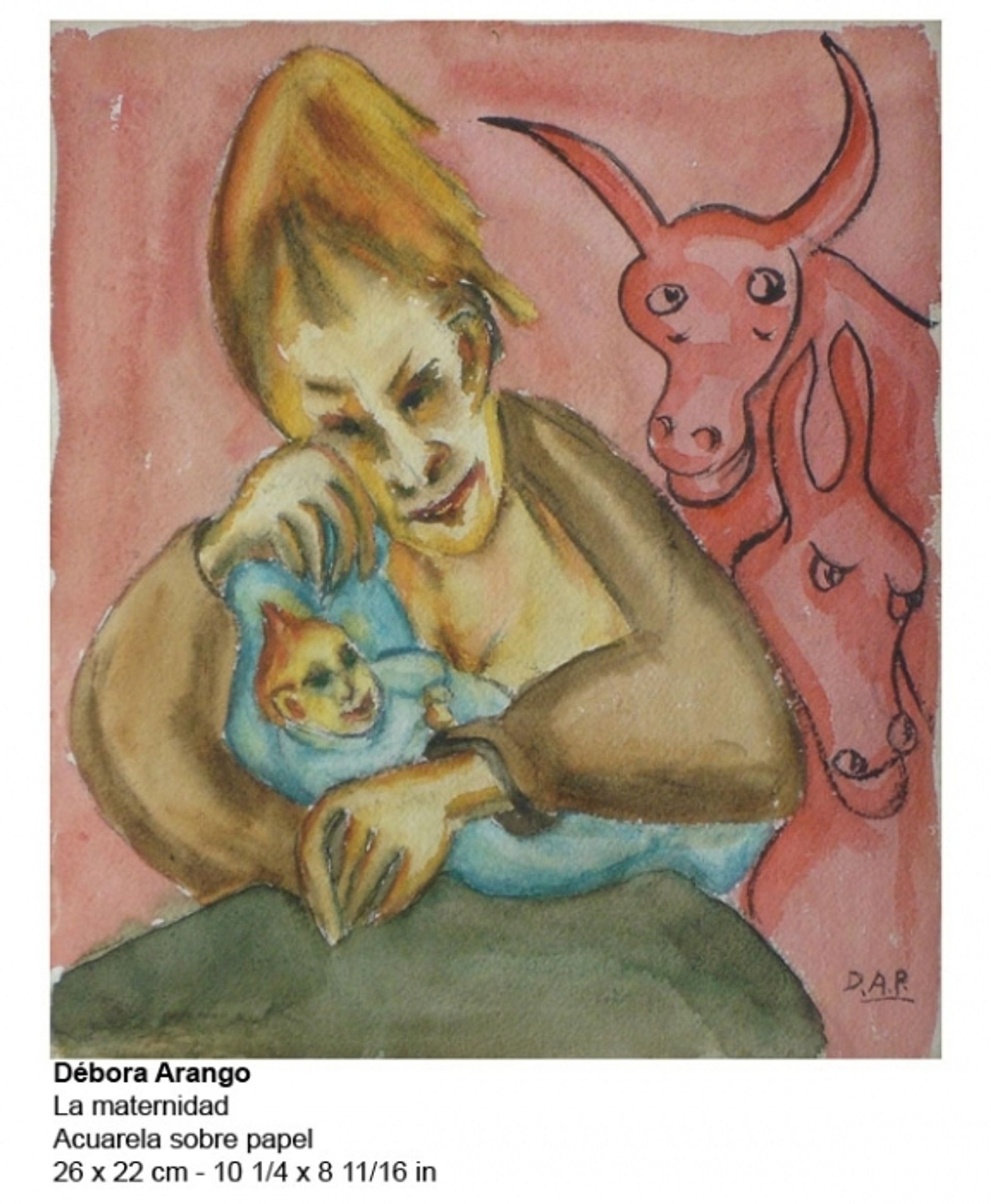From Clara Peeters at the Prado in Madrid to the Guerrilla Girls at the Whitechapel Gallery in London, female artists around the world are being reappraised. At the Artbo fair (Feria Internacional de Arte de Bogotá), which opened its 12th edition in the Colombian capital of Bogotá this week (until 30 October), Latin American women are also in the spotlight.

For the Proyectos (projects) section, Jens Hoffmann, the director of special exhibition at the Jewish Museum in New York, has drawn inspiration from two female Colombian figurative painters: Débora Arango and Beatriz González, who each have a booth dedicated to their works. Bogotá’s El Museo gallery is showing a group of Arango’s canvases from the 1940s (which are not for sale), while Galería Casas Riegner, also from Bogotá, has brought seven works by González. Her prices range from $1,500 for a graphic work to $80,000 for a large-scale painting.
Hoffmann chose a further 13 artists whose work relates to the figure to show in the section—five of whom are women. “Débora’s work is related to feminist issues, some of it is very raw and deals with rape and violence,” Hoffmann says. But the curator says it wasn’t a deliberate choice to focus on two women. “When I approach an exhibition, I don’t think of men versus women. The political realities of Colombia are present in both,” he says.
Of the 26 artists exhibiting in another of the curated sections called Referentes (referring), eight are women. Pablo León de La Barra, the Guggenheim UBS MAP curator for Latin America, who has organised the section together with the Colombian artist and curator Erika Flórez, says they wanted to include more. “There is a strong history of female artists in Latin America, many of whom were radical,” he says.
Several are featured at Artbo. Among them are the Chilean photographer Paz Errázuriz, who is showing a previously censored series of photographs depicting drag queens in Chile in the 1980s (priced at $45,000, Galería AFA); the Brazilian performance artist Martha Araújo, whose 1982 performance piece involving a black poncho is available at Galería Jaqueline Martins for $20,000; and the late Colombian abstract painter Ana Mercedes Hoyos, whose family has loaned eight drawings and nine paintings from the late 1970s and 1980. The works are being shown by Galería Nueveochenta, but are not for sale.
In the main section of the fair, several galleries are giving pride of place to female artists. The Zurich-based dealer Peter Kilchmann has a solo presentation of works by the Mexican conceptual artist Teresa Margolles. Pesquisas (Inquiries) (2016) is an installation of 30 colour prints of the “missing women” featured in posters pasted in the streets of Ciudad Juarez. The work is priced at €20,000 (edition of ten). Kilchmann says the installation gains particular significance in light of the rejected peace deal in Colombia. “You see women in the streets here holding posters of their lost family members,” he says.
Bogotá’s Galería Casas Riegner is showing works by three female Colombian artists on its main booth: Liliana Sánchez, Johanna Calle and Leyla Cárdenas. Women account for 38% of the gallery’s stand.
Museums in Colombia and beyond are also beginning to pay attention to Latin American women. The Banco de la Republica in Bogotá, which has an extensive collection of Colombian and Latin American art from the 16th century to the present day, is making a concerted effort to collect female artists, according to Nicolás Gómez Echeverri, the curator of the collection. Recent acquisitions include works by Cuba’s Ana Mendieta and the Argentinian artist Martha Minujín.
Meanwhile, the Hammer Museum in Los Angeles is to host the exhibition, Radical Women: Latin American Art, 1960-1985, in autumn 2017.

